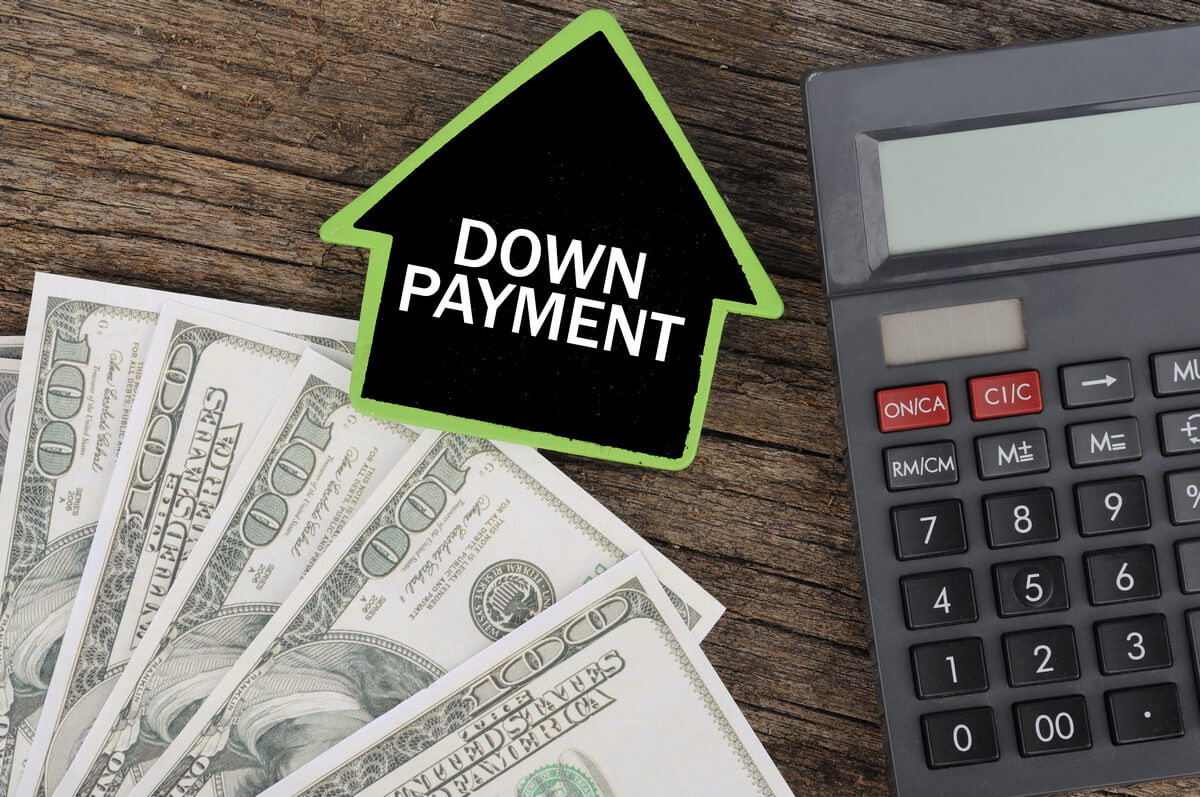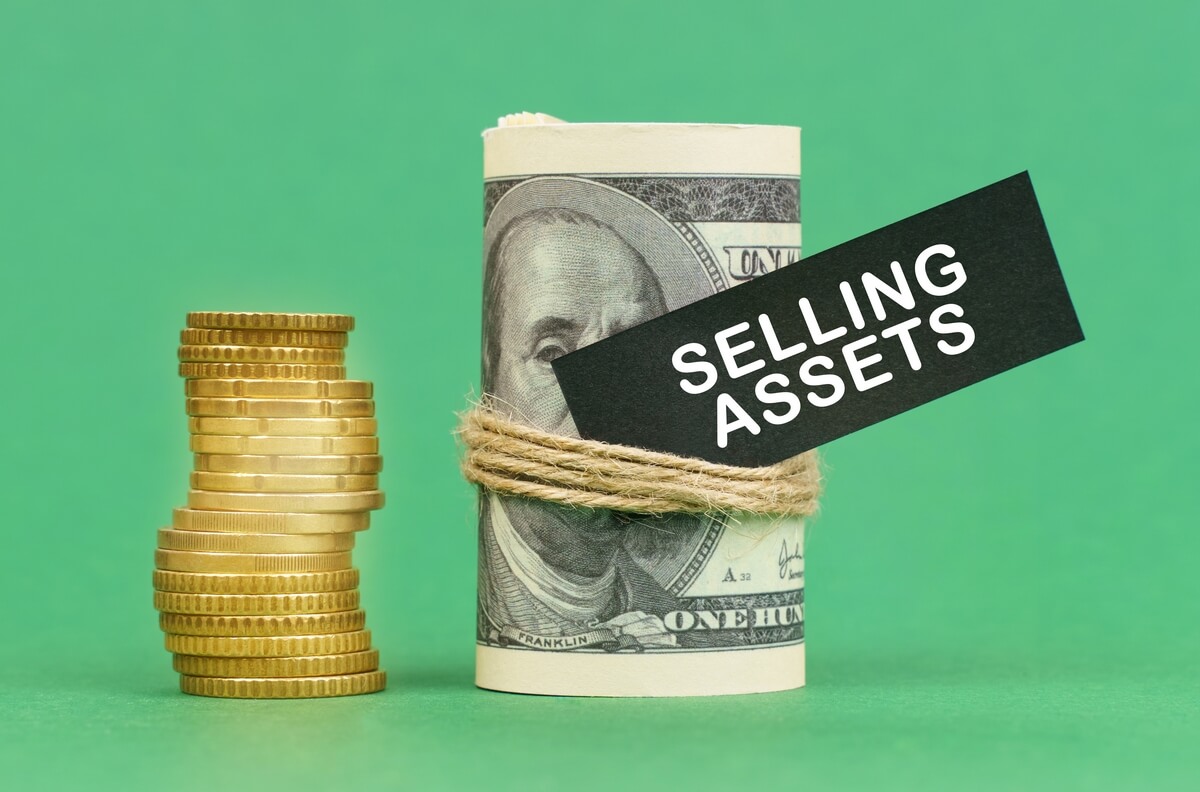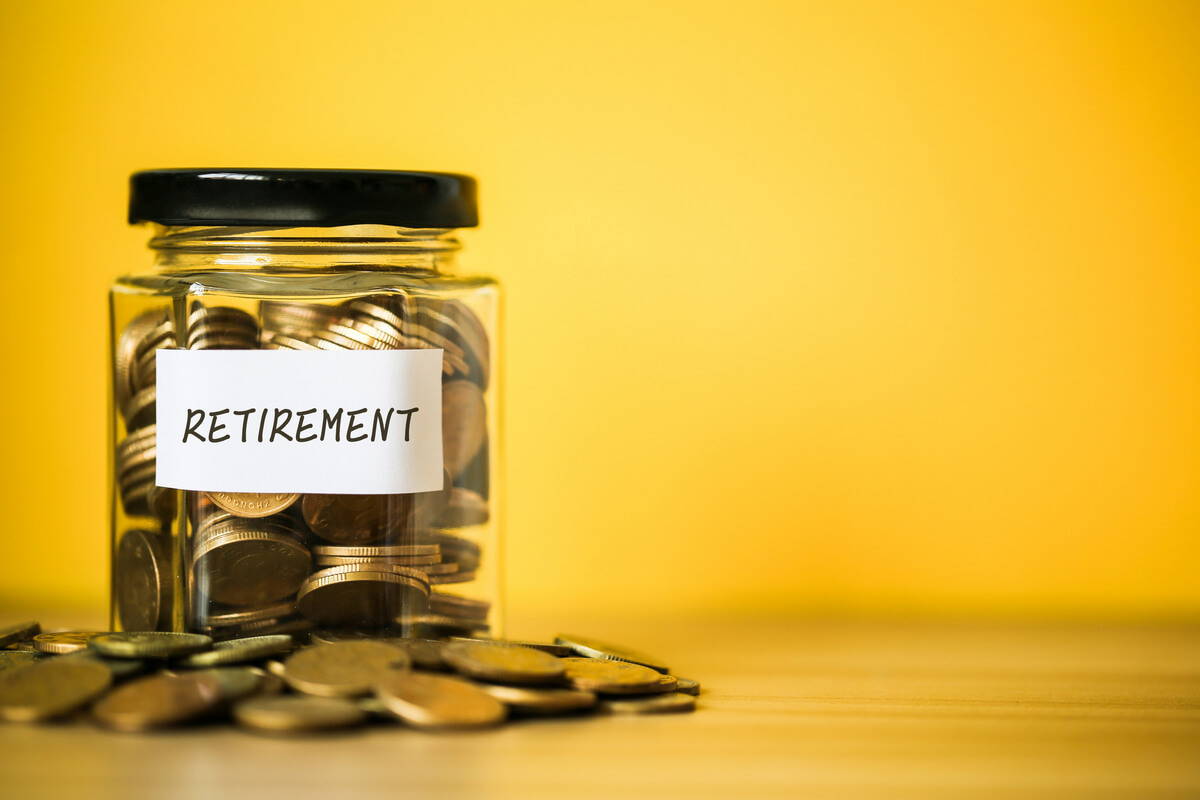Saving up the down payment is the most challenging step toward homeownership for most buyers. If you’re ready to buy a home, you might feel frustrated at the idea of waiting months or years to save up your down payment. Fortunately, you might have some resources available to you that will speed up the process. Here are five ways you can quickly come up with your down payment so that you can become a homeowner sooner rather than later:

1. Apply for Down Payment Assistance
There are a wide variety of local, state, and federal programs designed to help home buyers make their down payments. The majority of these assistance programs are intended for first-time buyers, but some are also available to current homeowners who meet certain income, career, or location requirements. Although not all buyers will meet the criteria for a down payment assistance program, this is an excellent way to get part or all of your down payment covered.
You can learn more about the down payment programs available to you by researching online or by contacting your state’s Department of Housing. Some programs offer grants, which do not need to be repaid. Others offer forgivable loans, which don’t need to be repaid as long as you continue to meet their requirements. Down payment assistance is an especially viable option if you make less than the median income, you live in a rural or disadvantaged area, or you have a career in public service.

2. Sell Your Belongings
When you’re trying to come up with money quickly, selling items you no longer need may be your best option. Many people save up for their down payment by selling furniture, home decor, clothing, electronics, or other belongings. You might not be able to collect your entire down payment this way, but you could generate a sizable amount of cash.
You can list items on local directories like Craigslist or Facebook Marketplace, or you could host a yard sale. If you’re willing to ship items in the mail, you could list them on websites like Poshmark or eBay. It can be difficult to part ways with your belongings, but consider whether downsizing on your possessions is worth it to become a homeowner.

3. Supplement Your Income
Working extra hours or taking on a second job is a great way to save up extra cash for your down payment. This isn’t an overnight solution to the problem, but it can be a consistent and reliable option for increasing your income. Depending on how many extra hours you work per week, you might be able to save up your down payment within a matter of months.
In addition to increasing your income, reducing your budget will speed up the savings process. Remember that the race to save up your down payment is only temporary and that making some short-term sacrifices will be worth it in the long run. Consider what expenses you can cut from your budget in the next few weeks or months so that more of your income can go toward your down payment fund.

4. Take a Loan From Family
Most mortgage lenders prohibit the use of a personal bank loan for a down payment. However, you might be able to get a gift or a loan from family or friends. Families are often excited to help a loved one save for their down payment, so your relative may be willing to loan you the money with minimal or no interest.
There are a few important considerations to keep in mind, though. You have to pay taxes on any gift that exceeds $15,000, and documenting the gift can be a lengthy and complicated process. Additionally, paying back a down payment loan while adjusting to homeownership can be difficult. If you take a loan from a friend or family member, you should be absolutely certain that you can pay it back on time. Defaulting on payments can lead to serious tension in the relationship, so you should be sure that taking the loan is not something you’ll regret.

5. Borrow From Retirement
Digging into your retirement fund is another borrowing option if you’re trying to gather your down payment quickly. Like with any form of borrowing, though, there are some drawbacks you must consider. Some people decide that homeownership is worth the penalties on the retirement account, and others would prefer to leave their retirement fund alone.
In most cases, 401(k) plans allow the individual to borrow 50% of the vested balance with a 10% penalty. The typical repayment timeline is five years. If you have an IRA and are a first-time home buyer, you can withdraw up to $10,000 without penalties.
Coming up with enough cash for a down payment can be difficult, but you do have a variety of options available. If you have room in your budget for a loan payment, you could borrow from your retirement or from a trusted loved one. If you qualify for down payment assistance, you might get your entire down payment covered by a government agency or another organization. Increasing your income, cutting your budget, and selling unneeded items can all help you save up the down payment, too. Most buyers use a variety of methods to piece together their down payment, but the hard work pays off when you finally close on your home.



